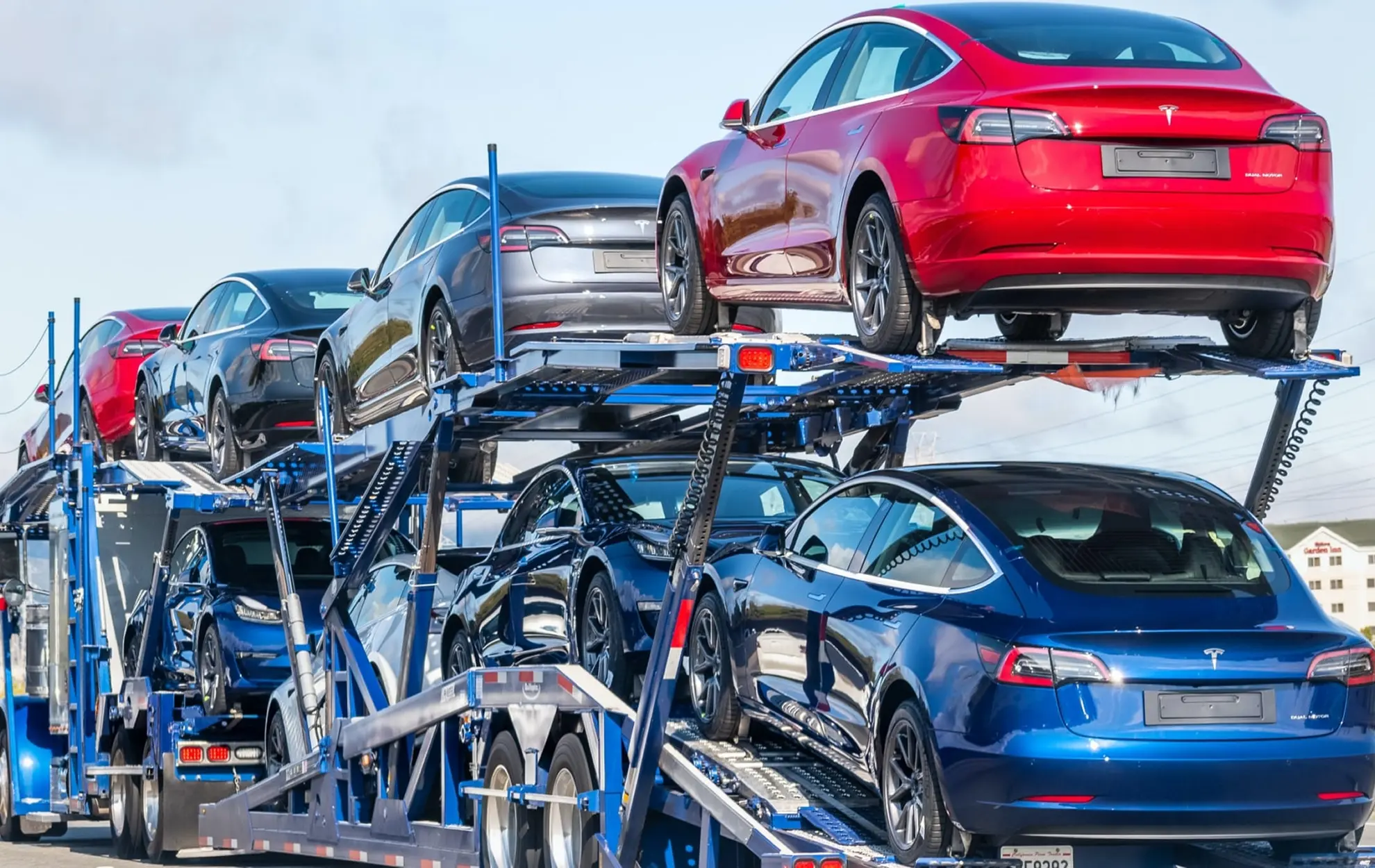Car shipping in California may sound complicated, but it is a straightforward process when you know the steps. This 101 guide walks you through auto transport from the moment you decide to move your vehicle until it arrives at its new home.
First, understand the two main players: brokers and carriers. A broker, such as Sakaem Logistics, does not move the car themselves. Instead, they connect you with a carrier— the company that owns the trucks or trailers that actually transport the vehicle. Choosing a reputable broker ensures you are matched with carriers that have solid reviews, proper licensing, and adequate insurance.
Step 1: Call a broker to request a quote. The broker will ask for details like the make, model, pick‑up and drop‑off locations, and any timing preferences. This information lets the broker find a carrier that fits your needs.
Step 2: The broker secures a carrier for you. A trustworthy broker screens carriers, confirming they have clean safety records and the right insurance coverage. This vetting protects your vehicle during the California auto transport.
Step 3: The carrier picks up your car. Before the driver arrives, clear out all personal items, make sure the car can roll on its own wheels, and leave about a quarter tank of fuel. These steps help the carrier load and secure the vehicle safely.
Step 4: The carrier transports the vehicle to the destination. For high‑end or classic cars, consider an enclosed trailer for extra protection against weather and road debris. The carrier will keep you updated on the estimated arrival time.
Step 5: Delivery and payment. Once the car arrives, you or the carrier will complete the payment, typically at the time of pick‑up or delivery, depending on the agreement you made with the broker.
A few final tips: always confirm the carrier’s insurance, keep the vehicle clean and empty, and choose an enclosed trailer if your car is valuable. With these basics, California car shipping becomes a smooth, transparent experience.


